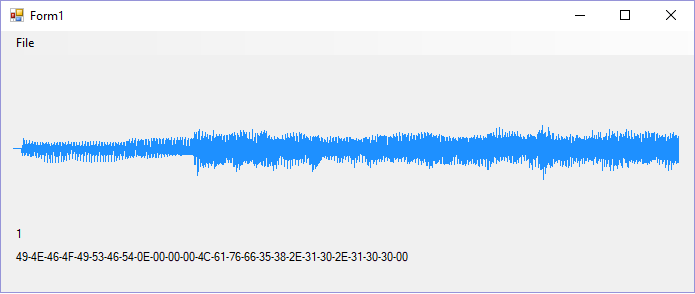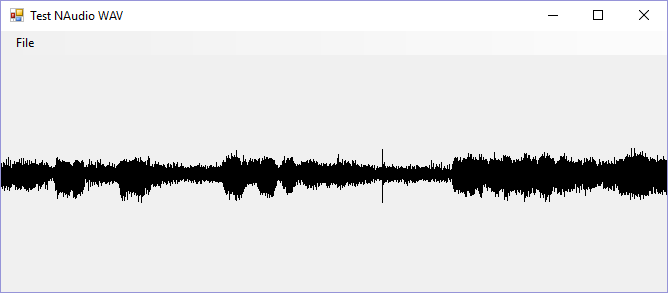I cannot believe its over. The highs and lows over the past three months have been incredible. What an experience. I thought the presentation went well. I really hope people could understand my explanations of the math behind my project.
To whom ever gets the project next year, please continue on with what I have started. I believe That this project is the start of the finish of this project.
This project was so rewarding, I cannot thank Dr. Pankratz, Dr. McVey, and Dr. Meyer enough.
For the last time
-Chance Browning
To whom ever gets the project next year, please continue on with what I have started. I believe That this project is the start of the finish of this project.
This project was so rewarding, I cannot thank Dr. Pankratz, Dr. McVey, and Dr. Meyer enough.
For the last time
-Chance Browning




 RSS Feed
RSS Feed